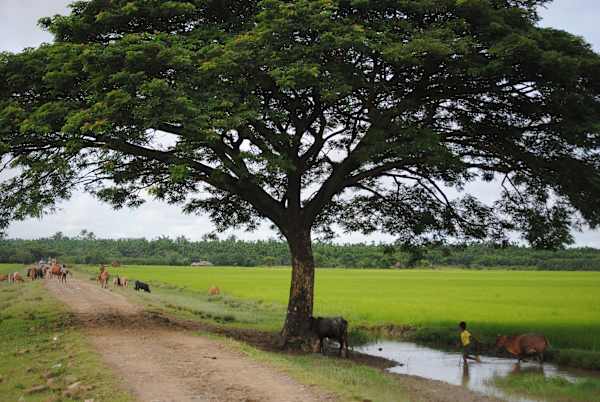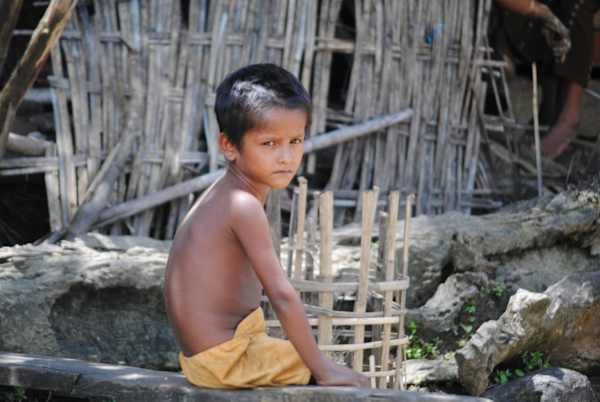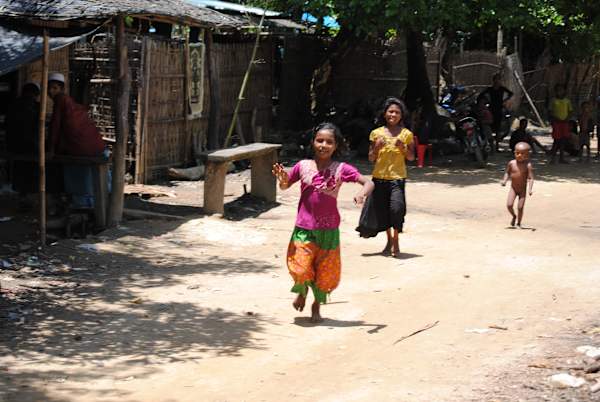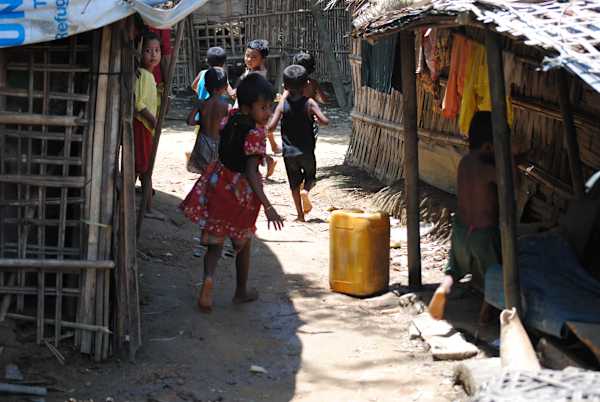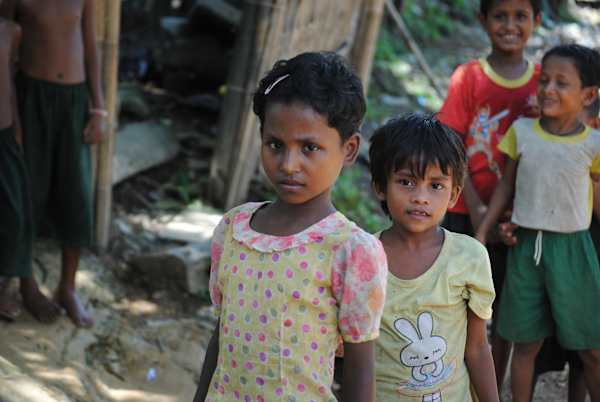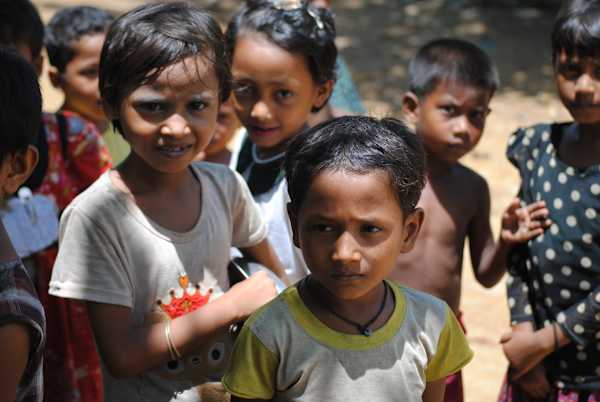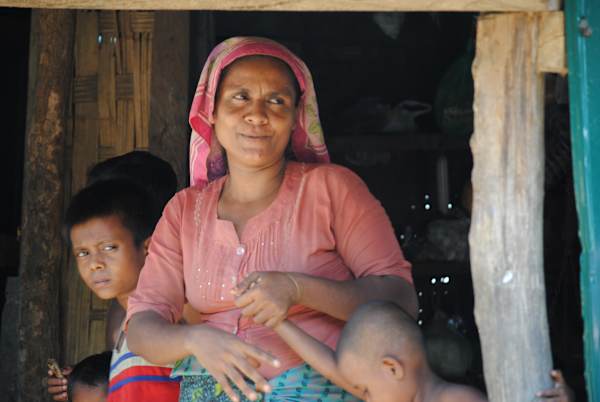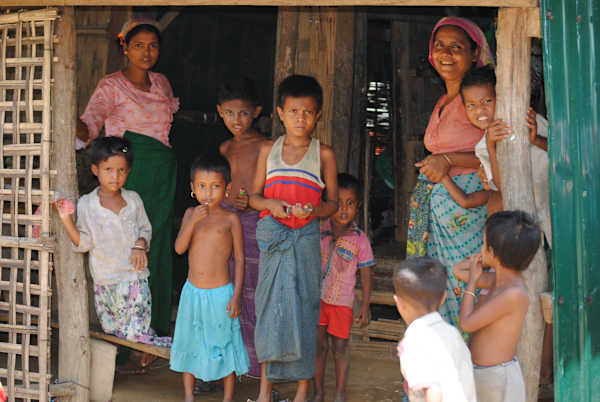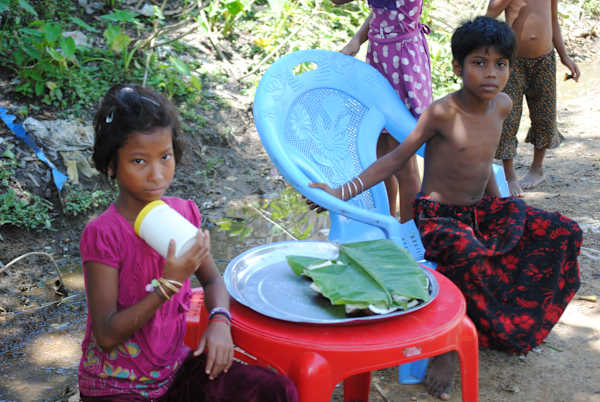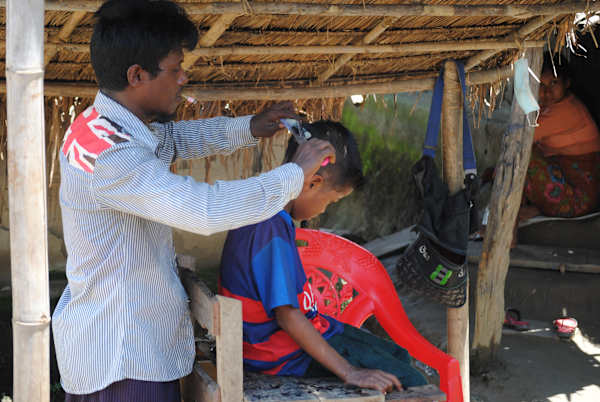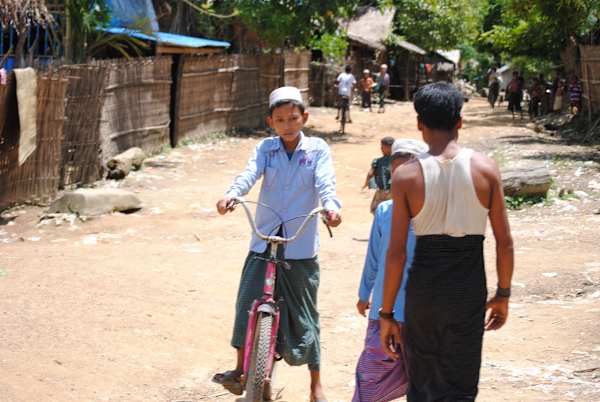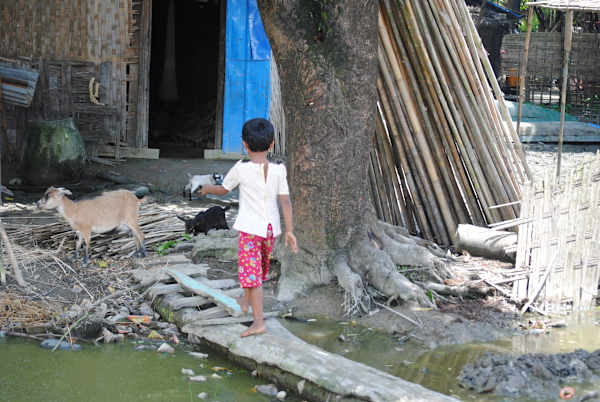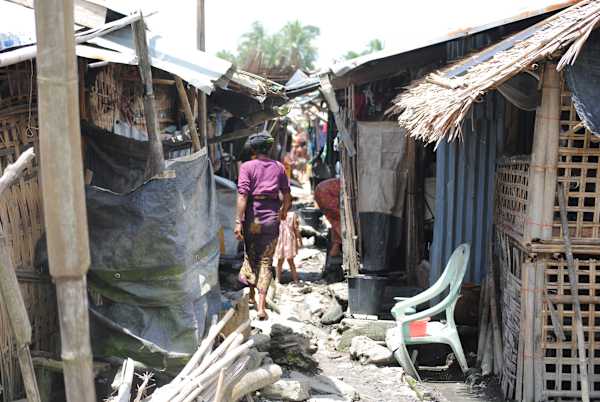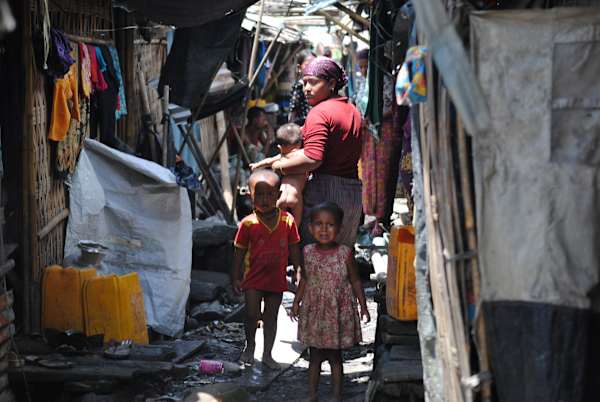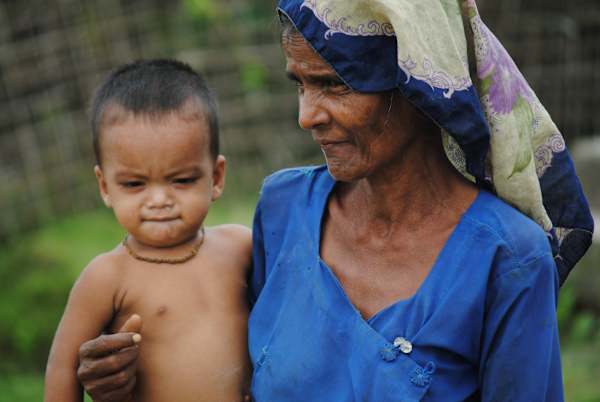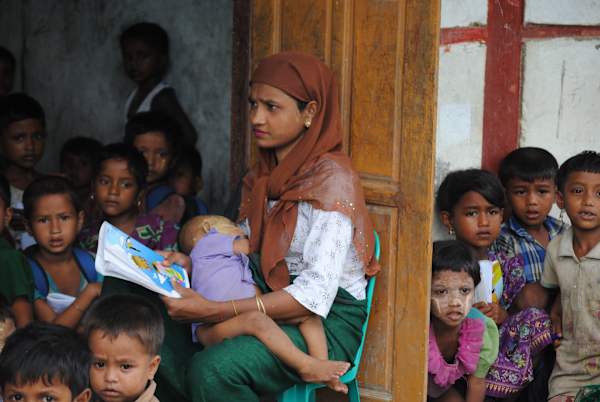Rohingya: No Place to Belong
Scroll down to follow the journey
A Visual Journey Through the Muslim Villages of Western Myanmar
The road to the northern provinces of Rakhine could almost belong in a travel brochure: delicate, lace-like rice fields, winding rivers, and smiling people greeting you at every step.
In the first Buddhist village we pass through, children smile, and the locals look at us with quiet curiosity. For a moment, you almost forget that you are in the heart of one of the most violent intercommunal conflicts in Southeast Asia — until a sign in bold red letters brings you back.
“Visitor, no Muslims allowed here".
We cross the entrance under the watchful gaze of armed police. My foot sinks into the mud — a dark, filthy mass that clings to your legs and covers the villages and camps. Mud mixed with human waste, vomit, and dead animals rotting beneath the burning sun.
I have seen many camps and slums in my life. The image doesn’t shock me.
But here, something is different — a shadow seems to hang in the air, covering everything like a shroud.
Here, people show no expression. The children do not laugh, do not speak to you, do not ask for anything. They don’t even ask who you are.
They already know that, whoever you may be, you cannot change anything.
That silent truth — that absence of hope — presses against me each time I lift the camera, leaving me uneasy in ways I can’t quite name.
